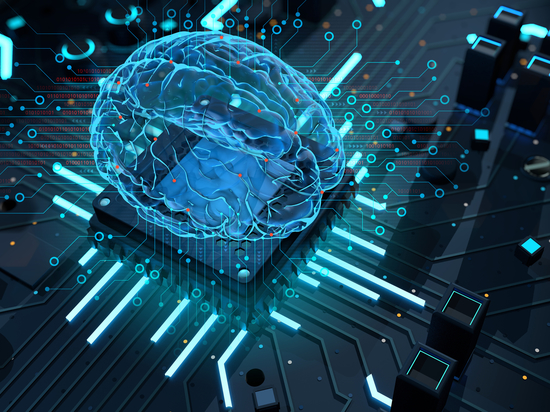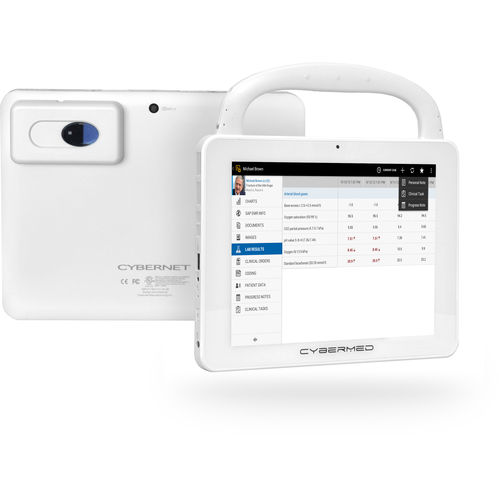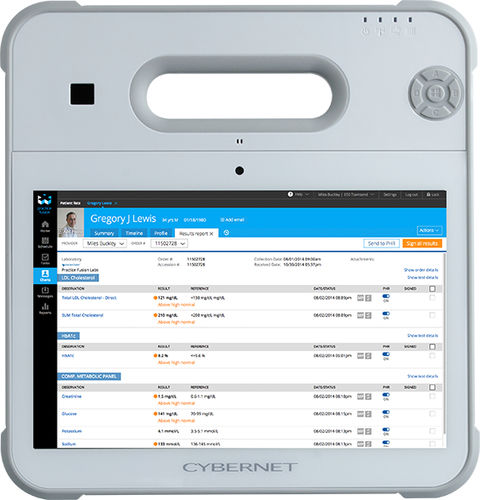
#Industry News
5 MEDICAL SOFTWARE TO SHAPE HEALTHCARE’S FUTURE
How medical software helps organize and simplify many operations in the healthcare sector.
Healthcare IT (HIT), with its medical computers and networks, have helped streamline processes from the stats of the patient coming into the ER to figuring out if there are enough supplies for the nurses in ICU for the day. We cover five medical software used in HIT today, from what their purpose is to the best hardware to run them.
What Does Medical Software Do?
First, what is medical software? The term refers to computer programs and digital technologies specifically aimed to ensure a high-level of patient care.
Some uses of medical software include:
Manage and organize patient data
Manage medical billing cycles
Process prescriptions and lab results
Provide diagnosis
Schedule appointments
Track clinical encounters
Track providers’ time
Medical software is also called medicine software and healthcare software.
Which Software Is Used for Medical?
A medical group’s healthcare IT department sets up medical software to support staff in performing their jobs. How the software does so varies. Here are five of the most common uses.
EHR / EMR - The Most Popular Medical Software
Electronic health records (EHR) and electronic medical records (EMR) are the most popular applications of medical software. As their names imply, they deal with the patient’s health history with details such as:
Current and past medication use
Doctors’ diagnosis
Past procedures
Prescription details
Invoice and payment information and history
Epic, Cerner, and Meditech are the most popular EHR medical software.
For many, EHR / EMR is the most critical medical software in healthcare. Providers, with their patients’ information literally at their fingertips, can support better patient outcomes while reducing errors and improve patient safety.
Telehealth / Telemedicine - Virtual Doctors’ Appointments
Telehealth allows healthcare professionals to carry out appointments with patients online via a web browser, app, or video. Doxy.me, Teladoc, and Sesame Care are well-known examples of the medical software.
Telehealth is also referred to as telemedicine,
The technology saw a massive surge in use during the COVID-19 pandemic. As the pandemic subsides, many patients continue to use the healthcare software due to convenience in scheduling with their busy lives, its lower costs, and/or lack of hassle with transport issues.
Remote Patient Monitoring - Patient Care From a Distance
Remote patient monitoring (RPM) medical software allows providers to collect data from patients located outside of the hospitals or medical clinics. RPM by Athelas is a popular example.
Advantages to this technology range from early detection and diagnosis of potentially dangerous issues like a heart attack, to aiding patients in treating their chronic conditions like diabetes.
Medical Image Analysis Software - Burnout Prevention
Today’s providers are bombarded with massive amounts of data on their patients’ conditions. Many like radiologists have suffered burnout because of it. To help manage this overload, medical groups are turning to programs like medical image analysis software.
The software can process the large amounts of image data generated from such medical scanning devices like CT scans and MRIs. They highlight potentially cancerous masses or similar disease processes, making it easier for the provider to correctly evaluate a patient’s condition as well as focus on matters that require their immediate attention.
Medical Diagnosis software - Near-Future Virtual Providers
The rise of artificial intelligence has led to increased use of this medical software. Medical diagnosis programs not only gather information from sources like EMR and images, but the AI analyzes them to suggest forms of treatment. It is hoped this will:
Speed up diagnosis
Improve treatment
Reduce costs.
Best Computer Hardware for Medical Software
Unsurprisingly, medical software is tailored to the unique requirements of healthcare. The hardware to run it effectively should also be as specialized. Features that healthcare IT should look for their medical computers and medical tablets should include:
Medical Grade
Many of the medical devices and equipment found in clinics and, especially, hospitals are complex and essential for patients’ survival. It makes it important that computers do not interfere with them. Medical grade computers have been tested and certified to work with hospital equipment. They can be trusted near patients as well as in sensitive areas like operating rooms.
Fanless Design
Off-the-shelf computers are noisy. This can interfere with a patient’s rest. Computers with fanless design, as the name implies, don’t use fans. They stay cool through other means. The near silence of these computers means a better rest for the patient which in turn helps in healing and recovery.
Fanless design has another advantage. They have no fans to accidently take in powerful cleaners and disinfectants which can damage the delicate computer interior. This allows them to help out with cleaning and disinfection (see below).
IP65 Rated
Hospitals do a lot of cleaning and disinfection. This helps protect patients, visitors, and the staff from the numerous germs that get on surfaces like doorknobs and desk surfaces.
Unfortunately, the powerful cleaners and disinfectants used can damage off-the-shelf computers. They can enter through the bezels around the screen as well as through the fan system (see above).
Medical computers which have an IP65 Rating can help. Their bezels – as well as the rest of the computer – are properly sealed against liquids. Hospital staff can now spray and wipe away without concern of damaging the PC.
Closing Comment
Medical software is an essential part of today’s healthcare system. Without it, tasks as simple as scheduling an appointment or bringing up a patient’s record would become far more labor-intensive with greater chance of human error. The five above are just a sample of medical software found throughout healthcare. Others include e-prescription, personal health record, and remote medical training software.
Contact an expert at Cybernet if you're a healthcare group and are looking for what medical computers work best with your current and future medical software.








